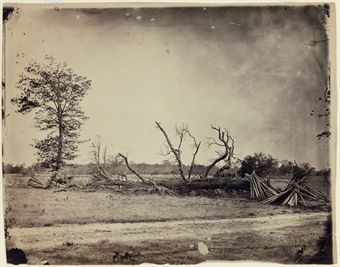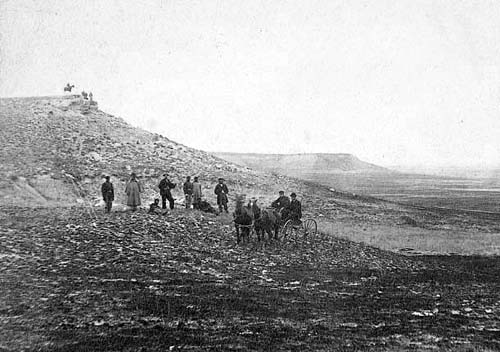 |
| The Daguerreotype Camera |
|
|
|
|
 |
| Example Image |
|
Daguerreotypes
Daguerreotypes were the first successful photographic process. Images were made onto copper plates with silvered surfaces. The surface looked almost like a mirror. This process was prominent in the 1800's, specifically starting in the 1830's. The Daguerreotype was the replacement for the Camera Obscura method.
Albumen Print
Albumen Print is the first type of photographic paper covered with egg whites and salt to help seal the paper and make it look glossy on one side. People began to stop using the process starting in 1895, but it didn't stop completely until the 1920's.
 |
| Photograph used with albumen print. | | | | |
|
Stereographs
The use of stereographs made it so that a person could view an image in 3D. Stereographs made one image for each eye to look at, so that the image would appear to be 3 dimensional. The stereograph was popular for decades.
 |
| Example of a Stereograph image |
|
|
| |
Carte de Viste











